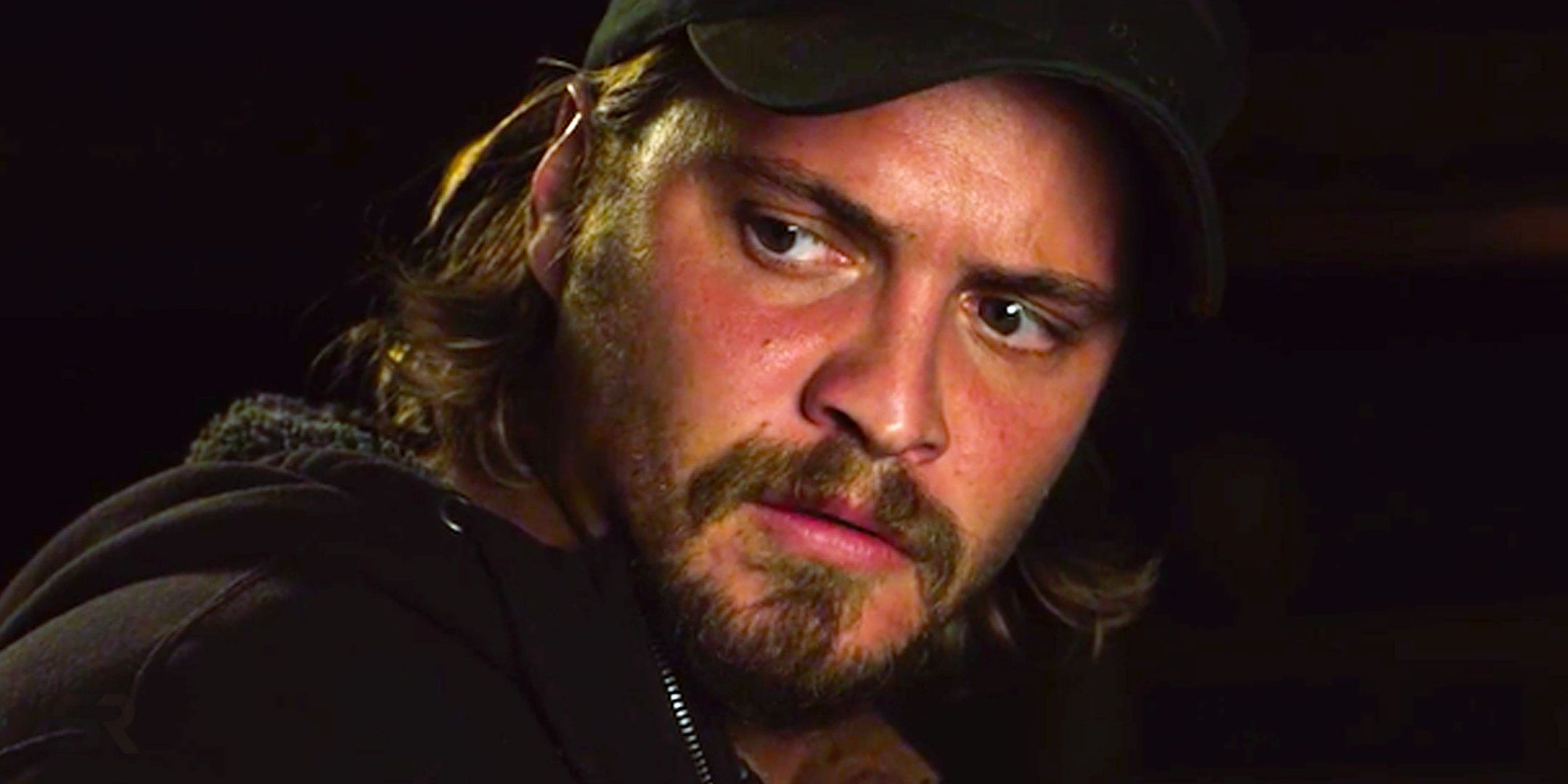Back in January, a study from The Denver Post painted a layered portrait of what a Broncos exit from Empower Field would mean for Sun Valley. The tone wasn’t alarmist. But it was sobering. Decades of neighborhood identity, woven through the turnstiles, tailgate lots, and bars like The Original Brooklyn’s, hang in the balance if the team bolts from the place it’s called home since 1960. “If they leave, this is going to be the biggest empty hunk of land in the central part of Denver that’s undeveloped,” longtime business owner Dave Keefe said then, pointing from his bar toward the stadium’s sea of blacktop.
However, the questions raised weren’t just about football. They were about a neighborhood that has long lived in the shadow of a stadium and is finally finding its own footing again. Sun Valley, boxed in by highways and rail lines, has been undergoing a slow but intentional transformation. From a $30 million federal grant in 2016 to fresh developments replacing obsolete housing, there’s been progress—measured, yes, but real. The looming unknown? What happens if 76,000 screaming fans stop showing up on Sundays? But how could they, with Sean Payton making them believe again?
Now, the mystery deepens, and maybe even begins to resolve. A BusinessDen investigation uncovered a telling trend: the Broncos, through a network of LLCs and private transactions, have quietly spent $150 million buying up property surrounding Burnham Yard. That’s a 58-acre, state-owned railyard about a mile southeast of Empower Field, up for sale. While the team won’t confirm anything publicly, the land grabs send a pretty strong message. The Walton-Penner ownership group isn’t just exploring options. They’re setting the table.
SCOOP: The Broncos have begun buying land near Burnham Yard, a state-owned former railyard in central Denver considered a possible new stadium site, a source tells @Business_Den
We found 10 transactions totaling $150M linked to one attorney pic.twitter.com/ATzISyMQvv
— Thomas Gounley (@tgounley) June 11, 2025
And they’re not nibbling at the edges either. Public records show multiple parcels acquired between August 2024 and spring 2025, with one attorney, Lea Ann Fowler, who shares professional ties with Broncos general counsel Tim Aragon, handling at least nine of the deals. These weren’t impulse buys. These were chess moves. A source informed BusinessDen that at least 10 purchasing entities have direct ties to the Broncos’ ownership group.
Why Burnham Yard? Well, it checks a lot of boxes. Central location. Light rail is nearby. A hospital is close to it. Room to build an entertainment district around the stadium, much like what’s unfolding near Ball Arena and the Santa Fe Yards site. “In terms of the vein of keeping it in urban Denver or close to downtown… I would put a bet that’s where it happens,” CBRE’s Chris Phenecie told The Post. That bet seems safer by the day.
Still, Burnham Yard isn’t a turnkey site. The yard itself is too small to hold a stadium and the surrounding amenities the Broncos likely envision. Which explains the flurry of surrounding purchases. Experts like RCLCO’s Erin Talkington note that for a multi-billion-dollar venue, the cost of land is negligible. “It’s one of the reasons why you often see new venues go to areas… in need of reinvestment,” she said.
None of this means Empower Field is coming down tomorrow. The team’s lease runs through 2030, with options to extend through 2040. But as team president Damani Leech said earlier this spring, the Broncos are already building out “calendars to get a better understanding of how long it takes” for permitting, approvals, and construction might take. Stadiums don’t get dropped in overnight; they take years. But what was once speculation has now taken the shape of $150 million in real estate. The Broncos aren’t just exploring. They’re building. Much like how Sean Payton is building his roster for the postseason!
The Orange Crush believes in Sean Payton!
Sure, the Broncos are already making headlines for potentially packing up and leaving Empower Field. But the noise inside the locker room is a different kind of loud, full of belief. This one’s about the dudes in the huddle, led by Sean Payton and a second-year QB who’s now out of the training wheels phase. “It’s a lot different,” Payton said about Bo Nix. “Just the processing… the throws are where you want the ball to go.”
Now, if you’re wondering what changed, the answer isn’t flashy. Its structure. The Broncos return all five starters on the offensive line. So, no new cadences to learn. No funky protections to install. And Payton? Still calling plays. That continuity has Bo Nix sounding like a guy who’s actually enjoying this whole thing. “Just spitting out play calls is a lot easier… it’s fun to be in the know,” Nix said.
However, he’s not doing it alone. Denver added new weapons like rookie back RJ Harvey and tight end Evan Engram, who brings two Pro Bowls worth of production to the mix. Nix, a known team-first guy since his Oregon days, reached out to every rookie after the draft. Just to welcome them. Just because that’s who he is. It’s little things like that which tend to snowball once the games start to count.
So, here we are. Denver opens at home against the Titans on September 7. They’ll do it with the second-best odds to win the AFC West, above the Chargers and behind the usual suspects in Kansas City. That’s a nod to what Payton’s building. Quietly, methodically.
Now, the question: can Bo Nix avoid the sophomore slump? If his rookie campaign was any indication—3,775 yards, 29 touchdowns, and a playoff run—the foundation’s sturdy. What comes next depends on how high this group can climb together. But one thing’s clear: The Orange Crush isn’t just back. It believes.
The post Broncos Make $150 Million Move, Confirming Stance on Future Stadium for Sean Payton’s Side appeared first on EssentiallySports.


 2 months ago
20
2 months ago
20 



.jpg.webp?itok=1zl_MpKg)





 Bengali (Bangladesh) ·
Bengali (Bangladesh) ·  English (United States) ·
English (United States) ·